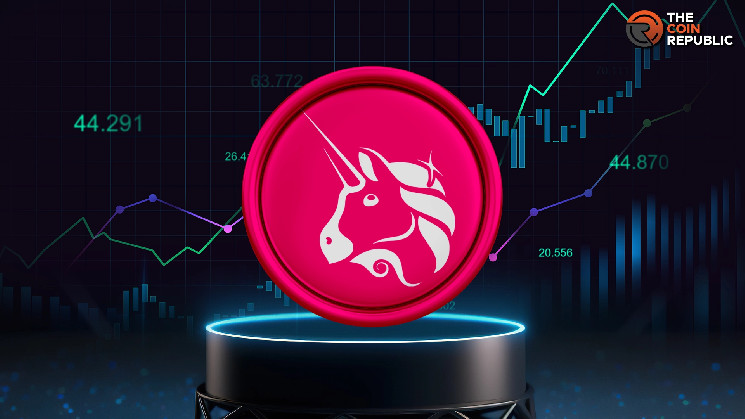Uniswap V4 has released an improved version of the decentralized exchange platform it offers users. These changes are aimed at decreasing transaction costs and improving liquidity issues, making transactions profitable for liquidity providers.
Another exciting addition is the inclusion of Hooks, which gives developers leeway to implement specific added functionalities into Liquidity pools.
Uniswap Introduction of “Hooks” for Customization
Uniswap V4 has introduced new “Hooks” that can be used to enhance the placement of more developer-specific liquidity pools. Hooks are smart contract extensions that can update a pool configuration. They can also add a new function on the selected stage of a transaction.
This could include the variable fees pegged on market occurrences or superior forms of an order to trade, such as the time-weighted average price (TWAP).
Welcome @uniswap and @uniswapFND to the Cantina with the new largest web3 security competition in history:
— Cantina 🪐 (@cantinaxyz) August 15, 2024
💰 $2,350,000 USDC
📅 Sept 4th – 30th
📍 @cantinaxyz
Yup, 2.35M. That just happened. It's time to lock in researchers. 🔒🪐 pic.twitter.com/MLRVbumKpS
Due to the flexibility empowered by Hooks, more possibilities can be opened for the development of inversed and highly specialized trading models. Whereas users can only add and configure Hooks as defined by the application developers, in return they are allowed to create and install Hooks on their own without having to seek approval from the application developers.
Singleton Architecture for Reduced Gas Fees
The new architectural design in Uniswap V4 is called the Singleton; it solves the issues with the Factory/Pool structure. The multiple liquidity pools existing in earlier versions were known to function in isolation, and they required multiple contract interactions in multi-step transactions. The Singleton model has all the liquefied assets aggregated in a single contract and these are less costly when trading. Preliminary calculations indicate that optimisation of the cost of pooling could be 99%.
The new system also includes a “flash accounting” mechanism. This only transfers the net balance of tokens at the end of a swap, further minimizing gas consumption. The Singleton architecture, combined with Hooks, is expected to make Uniswap V4 one of the most efficient decentralized exchanges available, providing users with lower costs and faster transactions.
Uniswap V4 $2.35M Prize Pool
Concurrently, Uniswap Labs, together with the Uniswap Foundation and Cantina, announced the largest security competition in the history of DeFi. The competition began on Sep 4 and involved $2.35 million to find weak points in the new protocol.
The goal of this project is to ensure that Uniswap V4 becomes the most audited suite of contracts to be launched on-chain
The contest is open to security professionals and hackers who can identify vulnerabilities in the Uniswap V4 code. The winners were determined by the criticality of the bugs discovered and the quality of the write-up. It emphasizes the company’s dedication to safety and stability, which will be a priority for the new version when it is officially released.
Controversy Surrounding License
Uniswap V4 has been expected for some time now but has caused some concerns regarding licensing. Just like V4, it will be released under the four-year BSL which dictates how others can use the code. Some crypto critics have been quick to point out that this move is against the decentralized nature.
However, the licensing issue has remained paramount to Uniswap Labs, which ensures that customers have a safe and malleable trading portal.
In the meantime, the Uniswap token UNI has been in a bullish trajectory, with the price moving between a 24-hour high and low of $6.48 and $6.09, respectively. At press time, UNI was trading at $6.41, a 2% surge from the support level.
 thecoinrepublic.com
thecoinrepublic.com
